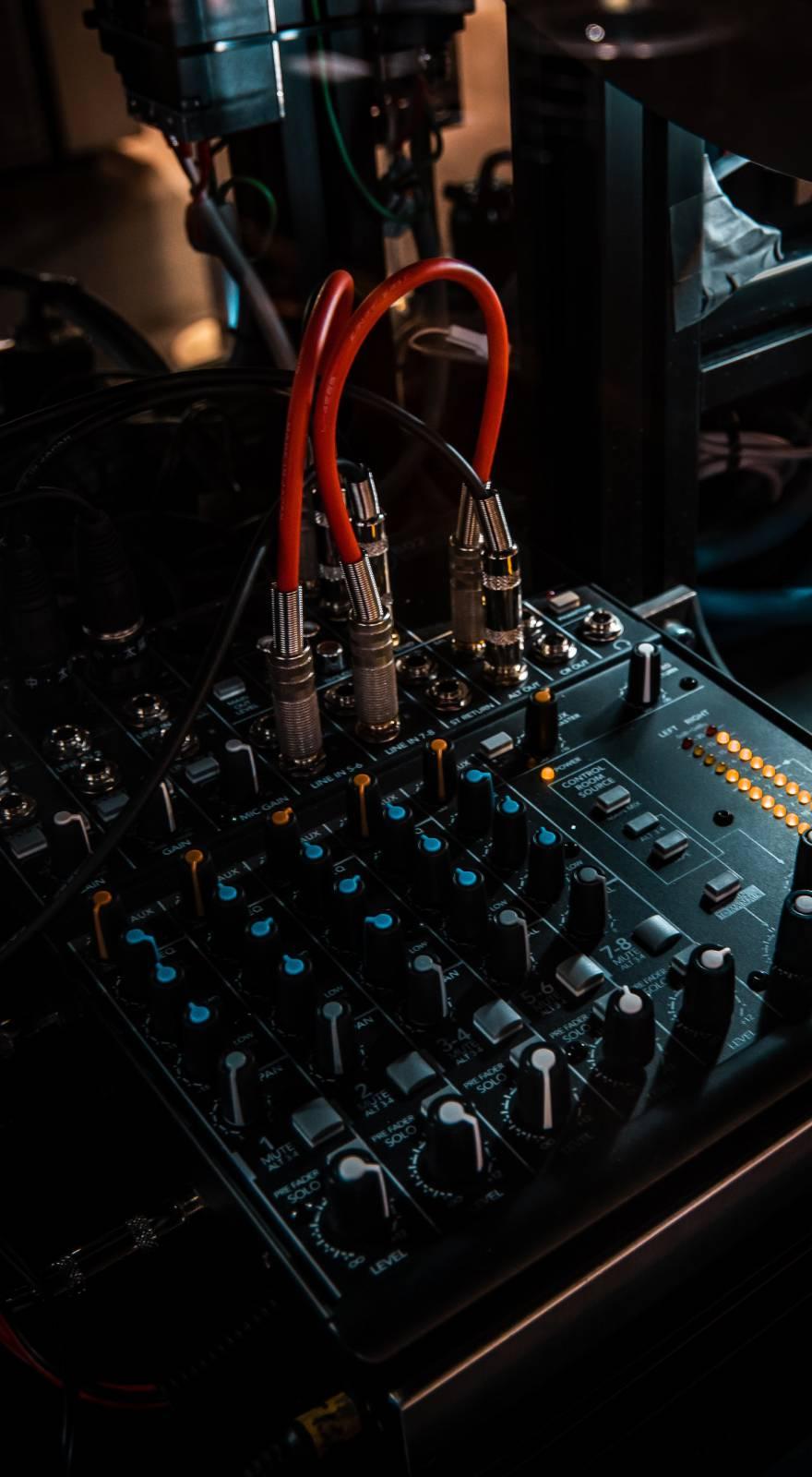Knowde Enhanced TDS
Identification & Functionality
- Chemical Family
- Technologies
Features & Benefits
- Labeling Claims
- Ready-to-Use Product Features
- Features
- Minimal health hazard
- Excellent physical properties
- Color coded for quality control
- Moisture & chemical resistant
- D.O.T. Non-Hazardous
Applications & Uses
- Applications
- Application Area
- Applications
- Metal t°Ferrite adhesive
- Electrical encapsulation
- General adhesive for
- Metal, ceramic, wood
- FRP and rigid plastic.
- Mixing & Curing Instructions
Mix Ratio: 100 Parts A to 23 Parts B by wt. (4:1 vol.)
Cure Schedule 8-24 hours At 77°F (25°C) 1 hour At 150°F (65°C) 30 minutes At 200°F (93°C) 10 minutes At 250°F. (121°C) - Directions for use
Because °F differences in density, pigments and fillers, when present, may separate from the liquid components during storage. To insure product homogeneity and maximum performance, check the containers for settling. Loosen any settled pigments from the bottom °F the container and thoroughly mix contents prior to use. Use a mixing stick or power mix at slow speed with a drill press and dispersion blade. This product might crystallize in its shipping container during storage. If it appears hard, or has a granular consistency, or if it is normally clear but appears cloudy, warm it thoroughly at 120°F to reconstitute. Remix the product and allow it to cool back to room temperature before using.
Measuring
Carefully weigh Part A and Part B components with an accurate scale. If measuring volumetrically, use
precise metering pumps, graduated/pre-marked containers or pre-measured kits. Place the correct proportions °F
Part A and Part B into a straight-sided container. Note: Altering the mix rati°From what is specified on the data
sheet is not recommended. Cured properties could be adversely affected.Mixing
Mix thoroughly with a flat-ended stick or a slow speed drill press with a dispersion blade. Scrape the sides and bottom °Ccasionally to assure a thorough blend. Do not whip excessive air into the mixture. To guard against partially cured sections, never apply material scraped from the sides °F the original mixing container. For best results, transfer the mixture into a second container and stir it again before application. This will help insure consistent properties and maximum performance. Surface blush: An oily surface appearance after curing is generally the result °F cool curing conditions. Elevate the temperature during cure or cover the surface with a sheet °F polyethylene. This amine blush can be easily removed by washing with water.
De-airing
Low viscosity resins will de-air naturally on their own. Some applications require a totally air-free product. If a vacuum pump and chamber are used, evacuate the material for 5-15 minutes At 28-29 inches °F mercury. Allow sufficient space above the liquid for expansion, about four times the liquid volume. Resins slightly warmed are thinner and will de-air faster. Also, the use °F an air-out additive will lower the surface tension and hasten air release.
Caution: Warming a catalyzed mixture will shorten the pot life and decrease gel time.
Properties
- Physical Properties
- Electrical Properties
- Uncured Properties
| Value | Units | Test Method / Conditions | |
| Hardness (77°F) | 86.0 | Shore D | Durometer |
| Specific Gravity (77°F) | 1.13 | g/cc | — |
| Tensile Strength (77°F) | 8500.0 | psi | — |
| Tensile Elongation (77°F) | 3.0 | % | — |
| Flexural Strength (77°F) | 15000.0 | psi | — |
| Glass Transition Temperature (77°F) | 125.0 | °F | — |
| Service Temperature (77°F) | -40 to 250 | °F | — |
| Moisture Absorption (21days, 77°F) | 0.8 | % | — |
| Bond strength (Tensile Shear, 77°F) | 2600.0 | psi | — |
| Value | Units | Test Method / Conditions | |
| Dielectric Strength (77°F) | 450.0 | volts/mil | ASTM D149 |
| Dielectric Constant (1 KHz, 77°F) | 3.9 | — | ASTM D150 |
| Volume Resistivity (77°F) | 10^15 | ohm-cm | ASTM D257 |
| Value | Units | Test Method / Conditions | |
| Pot Life (100 gram mass, 77°F) | 25-30 | minutes | — |
| Viscosity (Part A, 77°F) | 4750.0 | cps | — |
| Viscosity (Part B, 77°F) | 600.0 | cps | — |
| Viscosity (A:B mixed, 77°F) | 3,500-4,500 | cps | — |
| Specific Gravity (Part A, 77°F) | 1.15 | g/cc | — |
| Specific Gravity (Part B, 77°F) | 1.02 | g/cc | — |
Safety & Health
- Warning
For Industrial Use Only
All chemicals must be handled with care. Avoid breathing fumes, mists and dust, they could cause respiratory discomfort or damage. Work in a well-ventilated area. Avoid all contact with the skin. If contact °Ccurs, wash affected area thoroughly with soap and water. Repeated skin contact may cause dermatitis in susceptible individuals. Wear protective clothing and gloves. Severe irritation will result if this product is splashed into the eyes. Always wear eye protection. If eye contact °Ccurs, flood eyes with clear water for 15 minutes and immediately seek medical attention. Always maintain good industrial hygiene when using this product.
Storage & Handling
- Shelf Life
- 2 year

